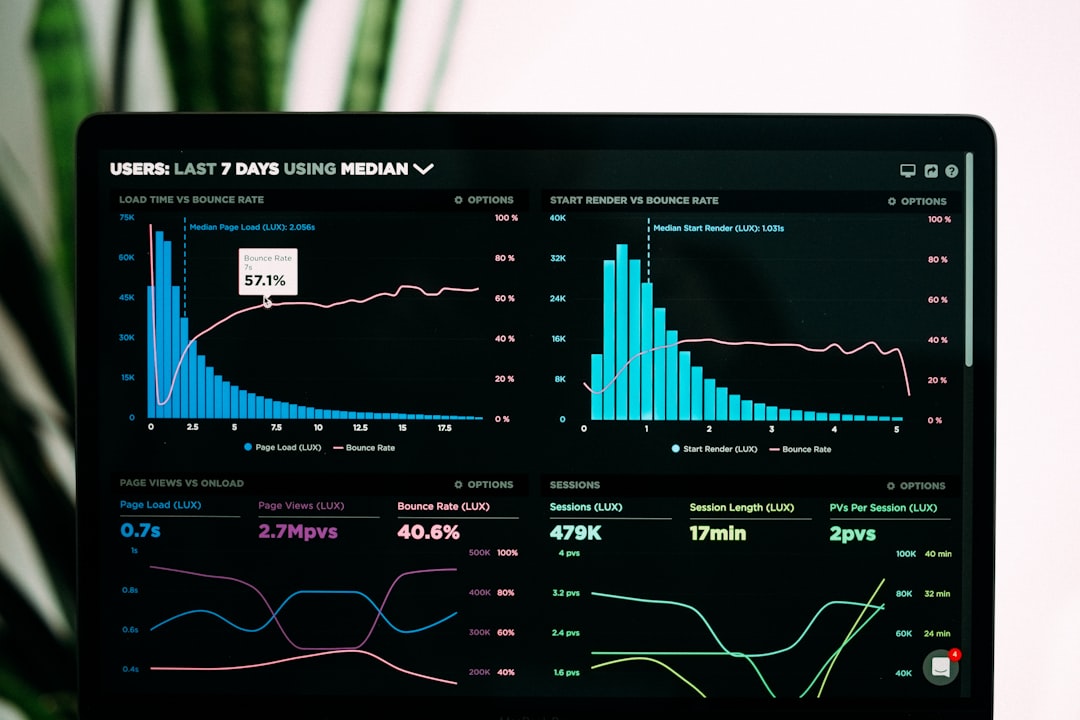Delivering an effective on-site search experience is becoming a competitive necessity for digital platforms. Users have grown to expect relevant, fast, and intuitive search results, similar to what they encounter with top-tier services like Google or Amazon. For companies looking to improve engagement, satisfaction, and ultimately conversions, refining search capabilities is critical. One of the most impactful ways to enhance site search is by leveraging click signals — subtle yet powerful data that reveal user preferences and intent.
Table of Contents
Understanding Click Signals in Site Search
Click signals are behavioral indicators captured when users interact with search results, particularly through clicking or engaging with certain listings. When a user types in a query and clicks on a specific result, that action conveys implicit feedback about relevance. Over time, aggregating such feedback can enable search systems to “learn” what users are actually looking for, improving future result rankings accordingly.
These signals are especially valuable because they do not require explicit user input like ratings or reviews. Instead, they provide real-time feedback with minimal user friction. As more users interact with your site search, your system can dynamically adapt and prioritize content based on actual user behavior.

Why Traditional Site Search Falls Short
Many site search implementations rely on keyword matching or rudimentary textual analysis to show results. While these systems manage a basic level of relevance, they often struggle with:
- Understanding natural language queries
- Identifying intent behind ambiguous queries
- Adapting results for different types of users
- Surface-level rankings without performance feedback
Without any learning mechanism, traditional search becomes static — presenting the same results to everyone, regardless of historical user behavior. This can result in suboptimal experiences, higher bounce rates, and lost opportunities for conversion.
The Role of Click Signals in Search Optimization
Click signals enable search algorithms to go beyond static relevance models by introducing an element of continuous learning. These signals help the search system answer questions like:
- Which search results are most popular for a given keyword?
- How far down the page do users scroll before clicking?
- Do users return quickly after clicking (an indicator of poor relevance)?
- Which refinements or filters lead to higher engagement?
By integrating this feedback loop, site search can be adjusted over time to reflect user behavior patterns. For example, if users frequently bypass the top three results and click on the fourth item, your system should begin to consider promoting that result in future queries.
Types of Click Signals
Not all clicks are equally valuable. Understanding the variety of click signals is essential for accurate interpretation. There are several types to consider:
- Position-based clicks: Tracking which results are clicked and at what position in the list.
- Dwell time: Measuring how long users stay on a page after clicking — an indication of satisfaction or disappointment.
- Session behavior: Analyzing patterns across multiple queries or search sessions.
- Click-through rate (CTR): Calculating the percentage of users who clicked versus those who viewed.
- Pogosticking: Identifying if users bounce back quickly to the results page, which can suggest low relevance.
By building a nuanced understanding of these signals, you can refine search algorithms more responsibly and effectively.
Implementing Click Signal Tracking
Enhancing your site search with click signals starts with infrastructure. At a high level, the implementation involves the following steps:
-
Event instrumentation:
Ensure your site is capturing relevant user interactions such as clicks, dwell time, and page returns. -
Data storage and processing:
Log click data centrally, with query metadata, timestamps, and user session IDs. -
Signal scoring:
Assign confidence levels or priority scores to clicked items based on frequency and engagement. -
Re-ranking logic:
Develop or integrate machine learning models to elevate higher-confidence results in future queries. -
Testing and iteration:
Run A/B tests and monitor metrics like CTR, exit rates, and conversion to validate improvements.
Many teams choose to augment or replace their existing search tools with platforms that support search learning directly, such as Elastic with Learning to Rank (LTR), Algolia with AI-based personalization, or bespoke machine learning pipelines using tools like TensorFlow and Apache Spark.
Ethical Considerations and Data Privacy
While click signals are a powerful asset, they must be used selectively and ethically. Here are some key considerations:
- Transparency: Inform users if interactions may impact their personalized search experience.
- Privacy: Anonymize session and user identifiers before logging click data.
- Bias mitigation: Ensure early popular results don’t perpetuate misleading patterns.
Failing to respect these principles could not only undermine user trust but potentially violate data protection regulations like GDPR or CCPA.
Real-World Use Cases and Success Stories
Many large e-commerce and content platforms have successfully harnessed click signals to enhance user engagement. Consider these examples:
- Amazon: Uses massive volumes of click and behavioral signals to power its product ranking and recommendation systems.
- Netflix: Analyzes user interactions to fine-tune both its search results and content carousels.
- Walmart: Employs clickstream analysis in its retail search to better match products with user intent.
For smaller organizations, adopting this strategy can still yield significant benefits — insights from just a few thousand search sessions can surface user preferences that were previously hidden.
Measuring Impact of Click-Based Improvements
As with any optimization, it’s vital to measure gains over time. Key performance indicators (KPIs) for search enhancements might include:
- Increased search click-through rates (CTRs)
- Lower bounce and exit rates from search pages
- Improved conversion rates from search-driven traffic
- Longer dwell time on clicked results
- User satisfaction rating increases (if surveyed)
Before and after benchmarking using A/B testing is highly recommended to validate that click signal-based re-ranking is genuinely driving the desired changes.
Looking Ahead: The Future of Search Personalization
Click signals are just the beginning. Future-forward systems are beginning to combine click signals with other implicit inputs like cursor movement, scroll depth, and even biometric feedback on mobile. As machine learning models grow more sophisticated, so too does their ability to discern complex user intent and continuously refine search performance.
Combining click signals with content metadata and user profiles opens the door to deeply personalized search results tailored not just to a user’s query, but also to their behavior, context, and preferences.
Conclusion
Improving site search is no longer just a matter of better keyword indexing — it requires behavioral intelligence. Click signals serve as a cost-effective, scalable, and insightful way to understand what users truly want. By integrating, analyzing, and learning from these signals, organizations can build a search experience that adapts and evolves — much like the users who interact with it.
For businesses aiming to elevate their search capabilities, embracing click signal learning isn’t just a choice — it’s an imperative.




